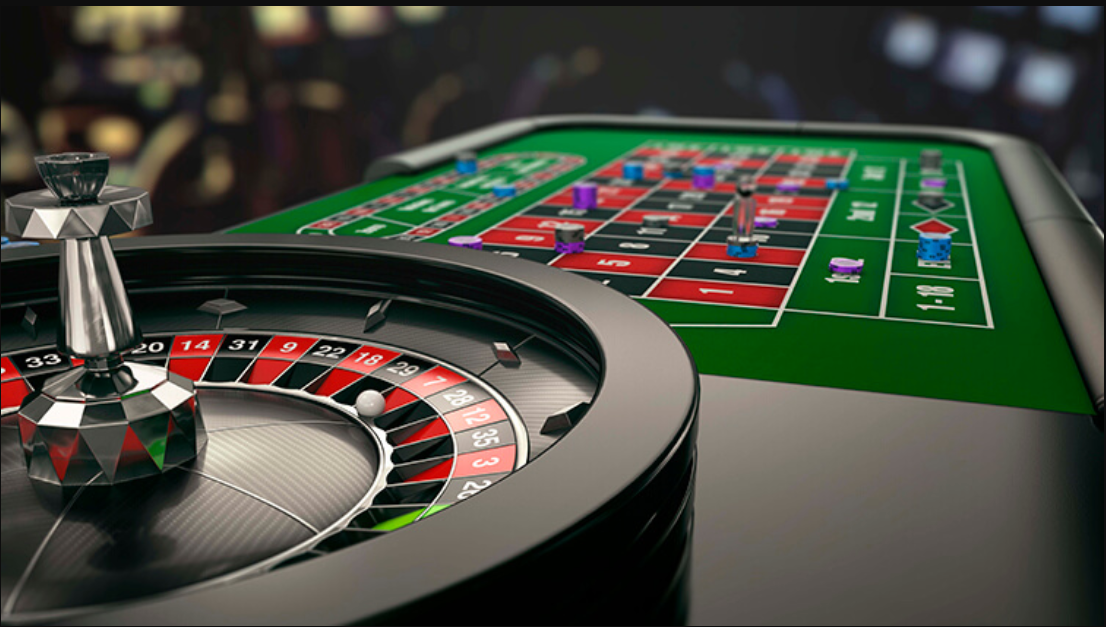Your Go-To Manual on Picking the Best Online Slot Game for You
-

- By Admin
- 04 Sep 2025
As for slot machines, players often become captivated by the shimmering lights, exciting themes, and the excitement of spinning the reels. But beneath the glitz and entertainment lies an essential concept that every gamer should be aware of: Return to Player percentage, or RTP. This key metric is essential in determining the amount of money you can expect to receive back over time, shaping your experience and strategy as you play.
RTP is typically represented as a percentage and reflects the mean amount of funds returned to players compared to the cumulative wagers. For instance, if a slot game has an RTP of ninety-five percent, it means that, on average, players can expect to get back ninety-five dollars for each $100 wagered. Understanding this concept can assist players in making educated decisions when selecting slots to enjoy, ultimately enhancing their gaming experience at the casino.
RTP, often called RTP, refers to a significant concept in the realm of casino slots games. It represents the percentage of total wagered amounts which a specific slot is programmed to return to players in the long run. For example, if a specific slot has an RTP of 95 percent, this means that, hypothetically, players should anticipate to receive back $95 for every $100 bet in the long run. Knowing RTP aids players assess the potential returns of various slot games.
RTP isn't a surety of individual wins but rather a average computed throughout many spins. Individual players' experience might be different significantly as a result of the randomness intrinsic in slot games. A greater RTP implies better odds for the player, thus making it an essential factor to consider when choosing which slots to play. Nonetheless, even with high RTP, there can be periods in which players face losses, as randomness plays a significant role.
It should also be noted that different slots have diverse RTP percentages. Some slots might feature a smaller RTP because of a considerable enjoyment or special features, while others hold a higher percentage to draw in more cautious players. Comprehending RTP allows players to take wise choices about their gambling strategies and manage their funds wisely while relishing the adrenaline of casino slots games.
The Return to Player, or RTP, represents a vital measurement in the realm of casino slot machine games. This indicates the ratio from total wagered money which a slot machine is expected to pay back to gamblers over time. Comprehending the method by which this measurement is calculated requires insight into both the slot's design as well as its reward system. Ga179 This RTP is determined through intricate algorithms and data evaluation executed during the slot machine development process. Game developers take into account various factors, including the rate of successful combinations as well as the magnitude for payouts for each outcome.
To calculate RTP, the creators simulate a significant quantity of spins of the game. Such simulations aid determine how much typically, a player is likely to earn based on their bets. For instance, if a machine boasts an RTP of 95 percent, this means that, theoretically, for every $100 bet, gamblers should anticipate receive ninety-five dollars in return in the long term. This value doesn't represent how much a gambler might receive during a single play and during a few plays; instead, it reflects overall return projections.
The values of RTP are generally disclosed from the gaming house or game creator. Players should always seek out such information while selecting a casino slots, as it can significantly affect their overall enjoyment. A higher RTP usually means a better probability of winning back a segment of wagered money, even though individual sessions can vary greatly. Understanding this concept can help players make informed decisions and improve their overall experience within the realm of casino slots.
Understanding the Return to Player or Return to Player is important for any player involved in gambling on slots. RTP is the proportion of wagered money that a slot machine is set to return to players over time. A greater RTP shows that players can anticipate receiving a bigger portion of their bets back, making it an significant factor for those seeking to maximize their play experience. Understanding this figure aids gamers make informed decisions about which slots to play, as it can profoundly affect their potential winnings.

Additionally, RTP holds a key role in the overall fairness and clarity of slot games. Players are often attracted to slots with higher RTP percentages because they provide a better opportunity of success over the long term. Casinos and software creators use RTP as a selling point to draw in gamers, ensuring they maintain a lead in the thriving gambling industry. By being aware of Return to Player, players can choose slots that align with their comfort level and gaming goals.
Finally, the idea of RTP promotes responsible gambling behavior. Recognizing that not all games will provide short-term winnings and that Return to Player is based on long-term play, players can manage their expectations and playing habits effectively. This understanding enhances the enjoyment of slot games while promoting a more sustainable gambling landscape. Players who grasp the importance of RTP are likely to have a better time and lessen the chances of problematic gambling behavior.









